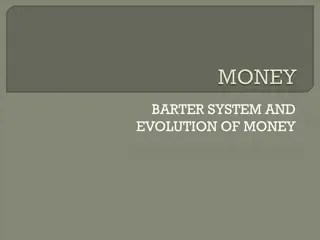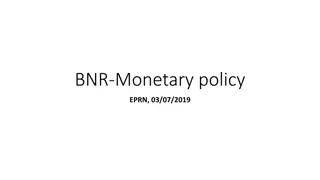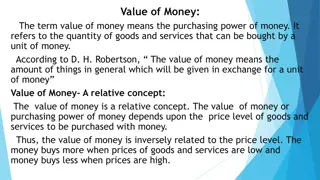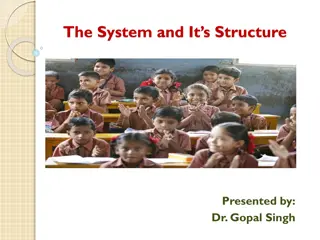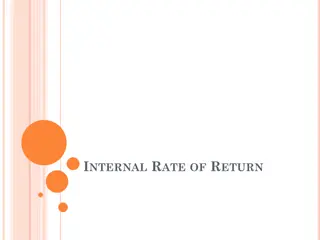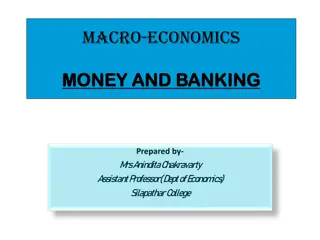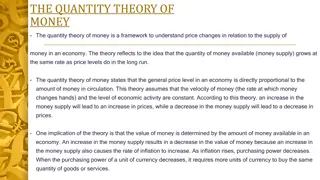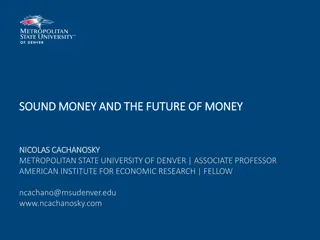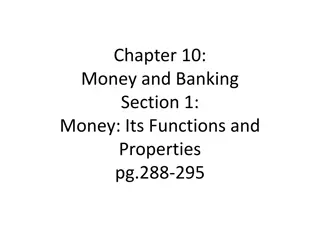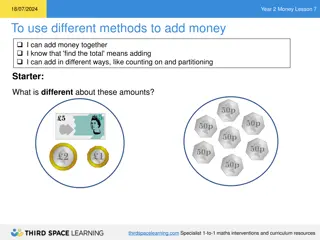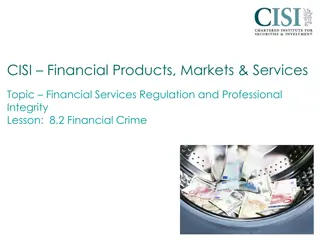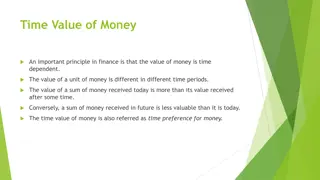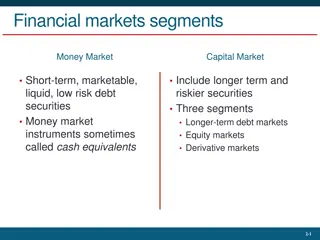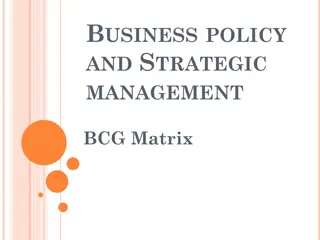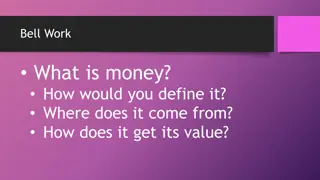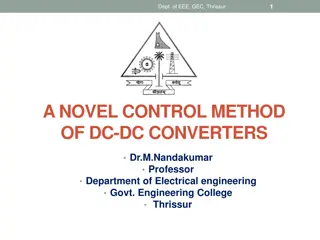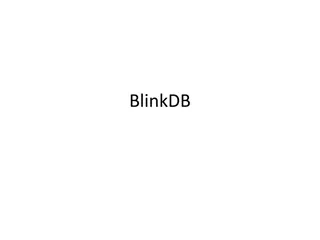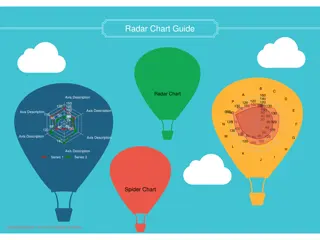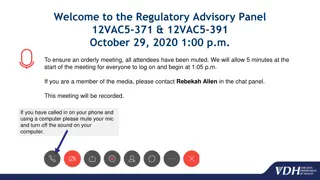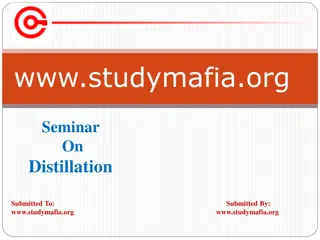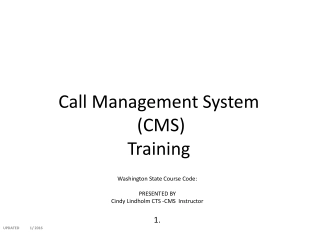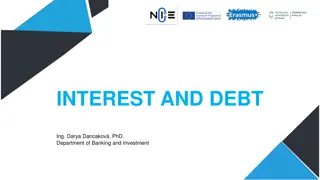Understanding the Call Money Market: Features, Participants, Advantages, and Drawbacks
The call money market is a short-term finance market where loans are provided against a call made by the borrower, often lasting from one day to fourteen days. Major participants include commercial banks, stock brokers, and the Discount and Finance House of India. This market offers high liquidity, profitability, and safety but faces drawbacks such as limited market reach and interest rate volatility. It assists in maintaining statutory liquidity ratios and cash reserve ratios, benefiting the Reserve Bank of India in monetary policy formulation.
Download Presentation

Please find below an Image/Link to download the presentation.
The content on the website is provided AS IS for your information and personal use only. It may not be sold, licensed, or shared on other websites without obtaining consent from the author. Download presentation by click this link. If you encounter any issues during the download, it is possible that the publisher has removed the file from their server.
E N D
Presentation Transcript
Call money market The market where finance is provided just against a call made by the borrower is called call money market. In this market finance is provided for an extremely short period of time. The main borrowers of this loan are commercial banks and dealers in stock exchanges. The period of loan may be as short as one day and may extend to a maximum of fourteen days. Since the loan can be raised just by making a call & may need to be repaid immediately on receiving a call from the lender, this market is termed as call money market. The loan may be repaid either at the option of the borrower or at the option of the lender. The distinguishing feature of call money market is that the interest rates vary from day to day and even from hour to hour.
Major Participants of Call money market 1. Commercial banks which deal in this market to meet requirement of large payments, Statutory Liquidity Ratio (SLR) and Cash Reserve Ratio (CRR) 2. Stock brokers and speculators who deal in stock exchanges and bullion markets 3. Commercial bills market who are required to meet the matured bills 4. The Discount and Finance House of India (DFHI) and the Securities Trading Corporation of India (STCI) which activates the call market 5. The individuals of very high financial status who deal in this market for trade purposes and to save interest on overdraft or cash credit facility The above participants are classified into two categories viz., (1) those who can act as lenders as well as borrowers and (2) those who can act only as lenders. All commercial banks, co-operative banks, DFHI, STCL, can act as lenders as well as borrowers. LIC, GIC, UTI, IDBI, NABARD, MF, etc., can act only as lenders.
Advantages of call money market 1. High liquidity 2. High profitability 3. Maintenance of SLR and CRR 4. High safety 5. Most cheap as brokerage is not required to be paid 6. Help RBI (central bank) to formulate or modify monetary policy as and when required
Drawbacks of call money market in India 1. Confinement of market only to big industrial and commercial centers 2. Lack of integration among markets spread across the country 3. High volatility in the interest rates




